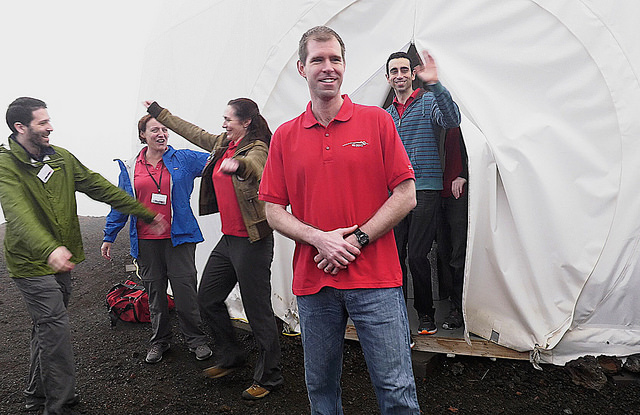
The ash plumes, red alerts and evacuations caused by the Kilauea volcano’s eruption are stirring up wonder and worry in Hawaii, but they’re also stirring up memories on the 38th anniversary of Mount St. Helens’ big blast in Washington state.
St. Helens’ eruption of May 18, 1980, ranks as the deadliest volcanic event in U.S. history. Fifty-seven people were killed, and hundreds of square miles of forest were destroyed. Ash rose 16 miles into the sky and was carried by the wind as far east as Montana.
I was one of the journalists who got caught up in the eruption’s aftermath, as an assistant city editor for The Spokesman-Review in Spokane, Wash. Even hundreds of miles away, the cloud of ash turned the afternoon to night. A thin layer of pumice coated the entire city, gumming up traffic and forcing a lot of us to don face masks when we stepped outside.


